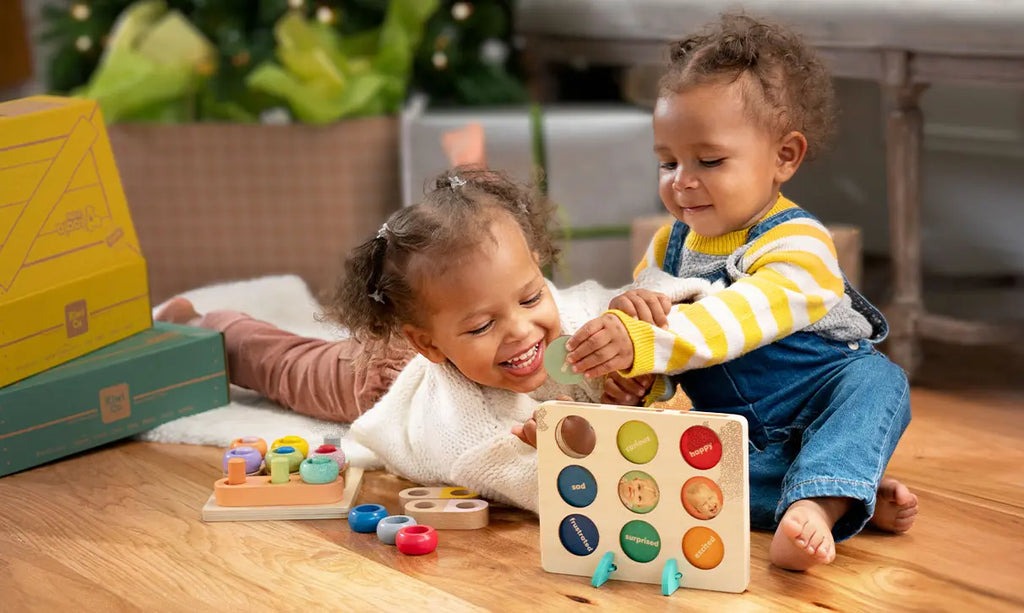
The Wonderful World of Kids’ Toys: More Than Just Play
Toys have always played a crucial role in the growth and development of children. From the simple wooden blocks of centuries past to the high-tech, interactive gadgets of today mainasik, kids’ toys have evolved dramatically—but their purpose remains the same: to entertain, educate, and inspire.
Why Toys Matter in Childhood
Toys are not just tools for fun—they are essential instruments that help children learn about the world around them. Through play, kids develop critical cognitive, emotional, and motor skills. Whether it’s a toddler stacking rings, a preschooler engaging in pretend play, or an older child building with LEGO, every moment of play contributes to their development.
Some of the key benefits of toys include:
-
Cognitive Development: Puzzles, memory games, and building sets enhance problem-solving and critical thinking skills.
-
Motor Skills: Toys like balls, ride-ons, and craft kits help develop coordination and fine motor control.
-
Social & Emotional Growth: Dolls, action figures, and board games encourage empathy, cooperation, and communication.
-
Creativity and Imagination: Art supplies, role-play costumes, and construction toys allow kids to express themselves freely.
Types of Kids’ Toys
There is a vast variety of toys available today, each catering to different interests and developmental stages. Here are some common categories:
-
Educational Toys: These include STEM kits, math games, alphabet blocks, and coding robots that combine learning with fun.
-
Outdoor Toys: Bicycles, trampolines, and sandboxes encourage physical activity and exploration.
-
Electronic Toys: Tablets, interactive books, and voice-enabled dolls offer digital learning experiences.
-
Traditional Toys: Classic toys like teddy bears, yo-yos, and wooden puzzles have stood the test of time and continue to delight children.
-
Creative Toys: Items like Play-Doh, musical instruments, and drawing boards nurture artistic talents.
Choosing the Right Toy
Selecting the right toy can feel overwhelming, but the key is to focus on age-appropriateness, safety, and the interests of the child. Here are a few tips:
-
Age Guidelines: Always check the recommended age on the packaging to ensure the toy matches the child’s developmental stage.
-
Safety First: Look for non-toxic materials, no sharp edges, and ensure small parts are not accessible to young children.
-
Interactive Value: Opt for toys that encourage active participation rather than passive entertainment.
-
Durability and Sustainability: Consider eco-friendly and well-made toys that last longer and are better for the environment.
The Future of Kids’ Toys
The toy industry is constantly innovating. In recent years, there’s been a rise in inclusive toys that reflect diverse cultures, abilities, and identities. Additionally, many toy makers are adopting greener practices, such as using recycled materials or biodegradable packaging.
With technology advancing rapidly, we can also expect toys that integrate AI, augmented reality (AR), and personalized learning paths tailored to each child’s needs.
Conclusion
Kids’ toys are more than just objects—they are companions, teachers, and tools for self-expression. Whether simple or high-tech, the best toys are those that spark joy, encourage learning, and support healthy development. As parents, educators, or caregivers, choosing the right toys means investing in a child’s happiness and future.